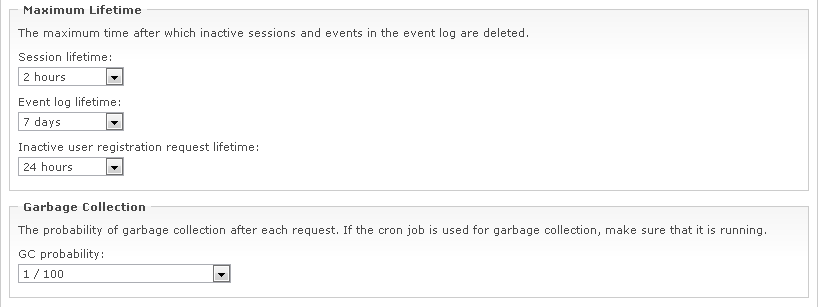 WebIssues Manual
WebIssues Manual
Version 1.1.5
To change the advanced settings of the server, go to the Administration Panel and click Advanced Settings. This option is not available in the Desktop Client. Only the system administrator can change these settings.
Options from the Limits group allow the system administrator to specify the maximum length of comments and the maximum size of attachments that can be added by users.
Note
The maximum size of the attachment that can be sent to the system also depends on appropriate configuration of the web server and PHP. For more information, please visit http://php.net/manual/en/features.file-upload.common-pitfalls.php.
By default, small attachments are stored in the database, and large ones directly in the file system. Depending on your needs, you can change the threshold value or force storing all attachments only in the database or file system. The maximum size of attachments stored in the database can be specified in the Attachment Storage group.
Note
Storing large attachments in the database may require appropriate configuration of the database server, and can be less optimal compared to the file system. In addition, many hosting services significantly limit the maximum size of the database, while offering plenty of available disk space. On the other hand, storing attachments only in the database makes it easier to back up the system, since there is no need to back up additional files. In some cases it may also be safer.
Options from the Maximum Lifetime group allow you to define the time after which inactive user sessions are removed, and the maximum amount of time the entries in the Event Log and the user registration requests that are waiting for email address confirmation are stored by the system. The Garbage Collection setting determines the probability of running the cleanup process, which removes inactive sessions, old entries in the Event Log and unconfirmed requests. Reduce the probability if the server is heavily loaded, or select “Use cron job” if the mechanism of sending email notifications is active (see the section called “Cron jobs”).


